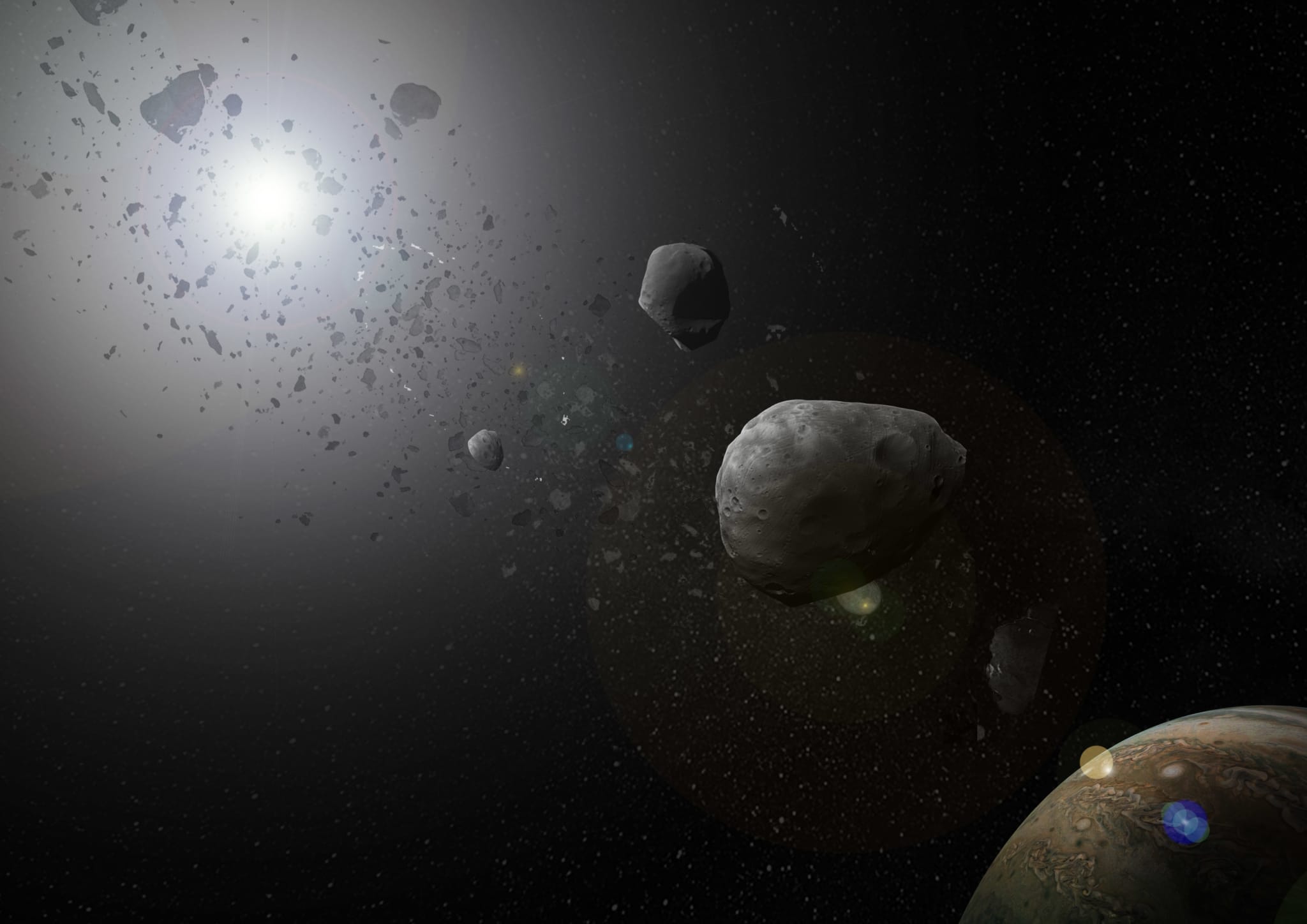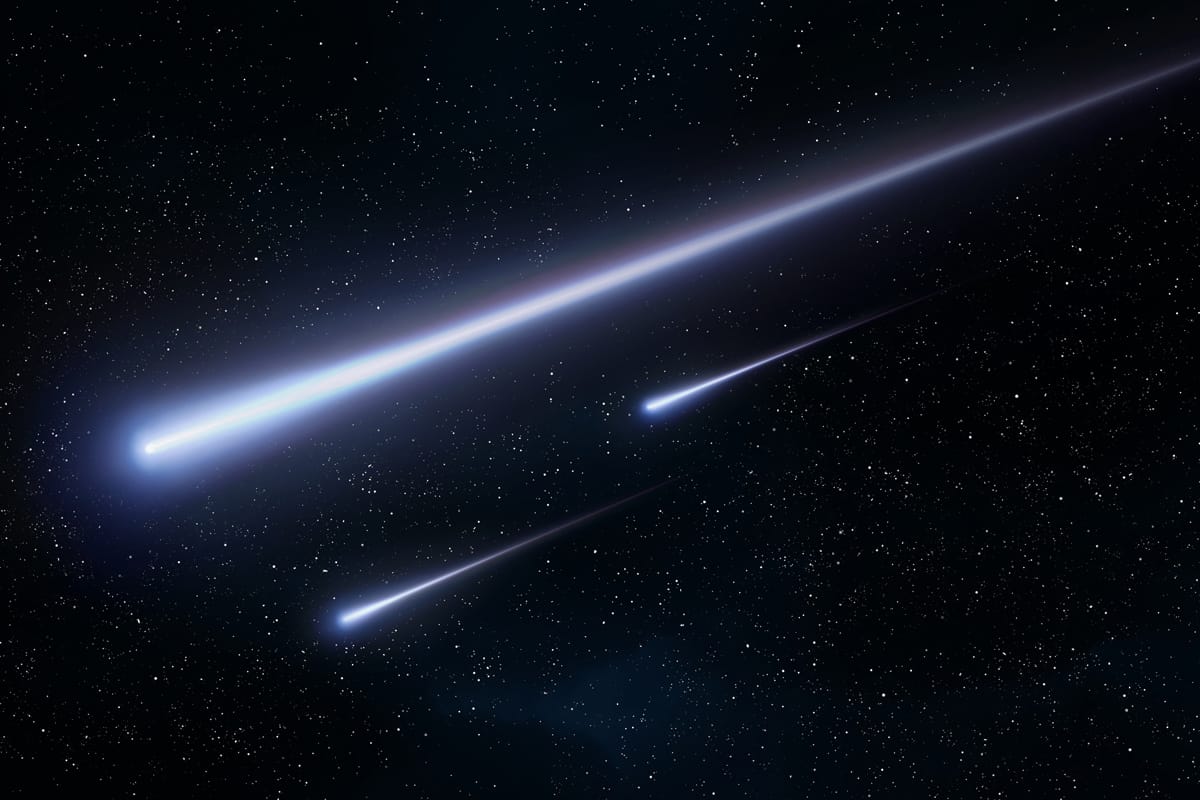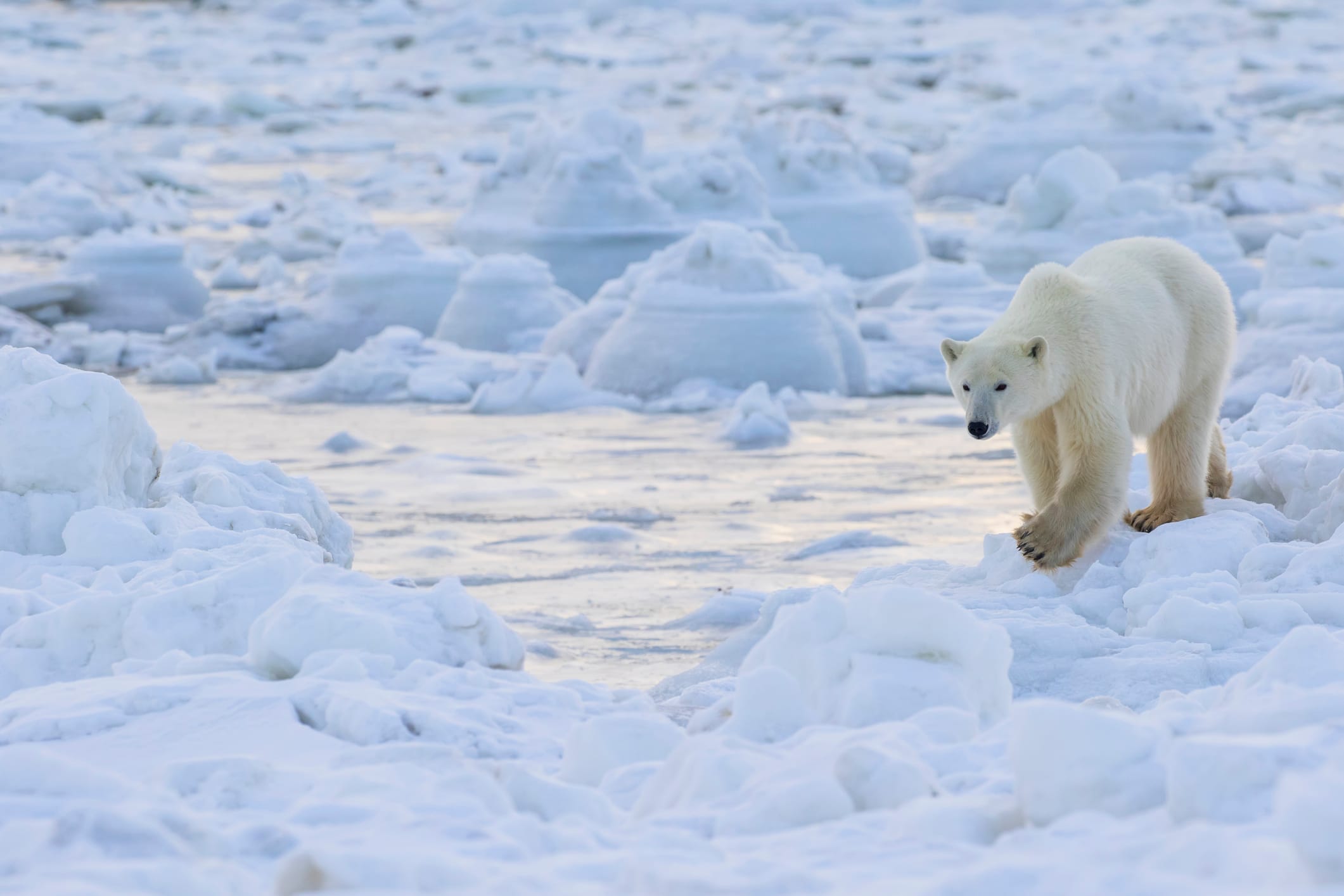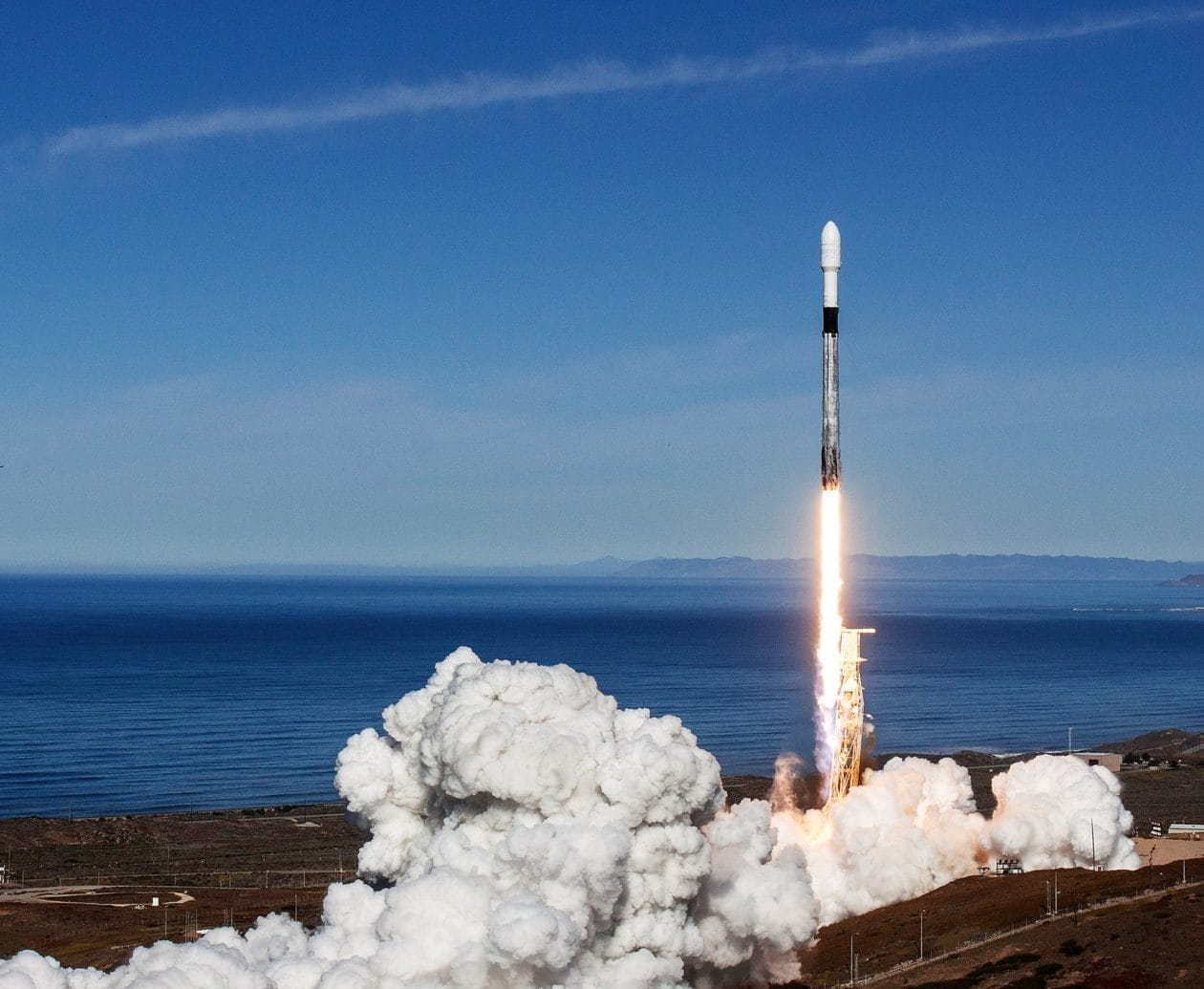In a startling turn of events, an asteroid measuring approximately 30 meters in diameter made a close approach to Earth, narrowly missing the atmosphere over Siberia. The near miss occurred on October 15, 2023, and was detected by astronomers at the Near-Earth Object Program at NASA’s Jet Propulsion Laboratory (JPL). This incident highlights the ongoing risks posed by near-Earth objects (NEOs), which are asteroids or comets that come within 1.3 astronomical units of the Sun. The asteroid, designated 2023 TX1, passed at a distance of about 12,000 kilometers (7,500 miles) from the Earth’s surface, which is significantly closer than many satellites orbiting the planet.
In addition to this recent close call, another massive asteroid, known as 2023 UB, is expected to make its own pass this week. This asteroid is estimated to be between 150 to 300 meters in diameter and will approach Earth on October 20, 2023, at a distance of approximately 1.5 million kilometers (about 930,000 miles). While this distance is considered safe, it serves as a reminder of the dynamic and sometimes unpredictable nature of our solar system.
Astronomers have emphasized the importance of monitoring these objects. Dr. Paul Chodas, director of the Center for Near-Earth Object Studies at JPL, stated, “Events like this remind us that we need to continue our efforts in tracking and understanding the behavior of asteroids that could potentially impact Earth.”
The recent close encounter with 2023 TX1 has reignited discussions about planetary defense strategies. Scientists and space agencies around the world are actively researching methods to detect and deflect potentially hazardous asteroids. NASA’s Double Asteroid Redirection Test (DART) mission, which successfully altered the trajectory of the asteroid Dimorphos in September 2022, is a prime example of ongoing efforts in this field.
While the risk of a significant asteroid impact remains low, the consequences of such an event could be catastrophic. As the technology for detecting and tracking NEOs continues to improve, international cooperation and preparedness are essential to mitigate potential threats.
As we look ahead to the upcoming pass of 2023 UB, experts urge the public to stay informed and engaged with the latest developments in space science. For now, the Earth remains safe, but vigilance and proactive measures are key to ensuring the safety of our planet in the future.



